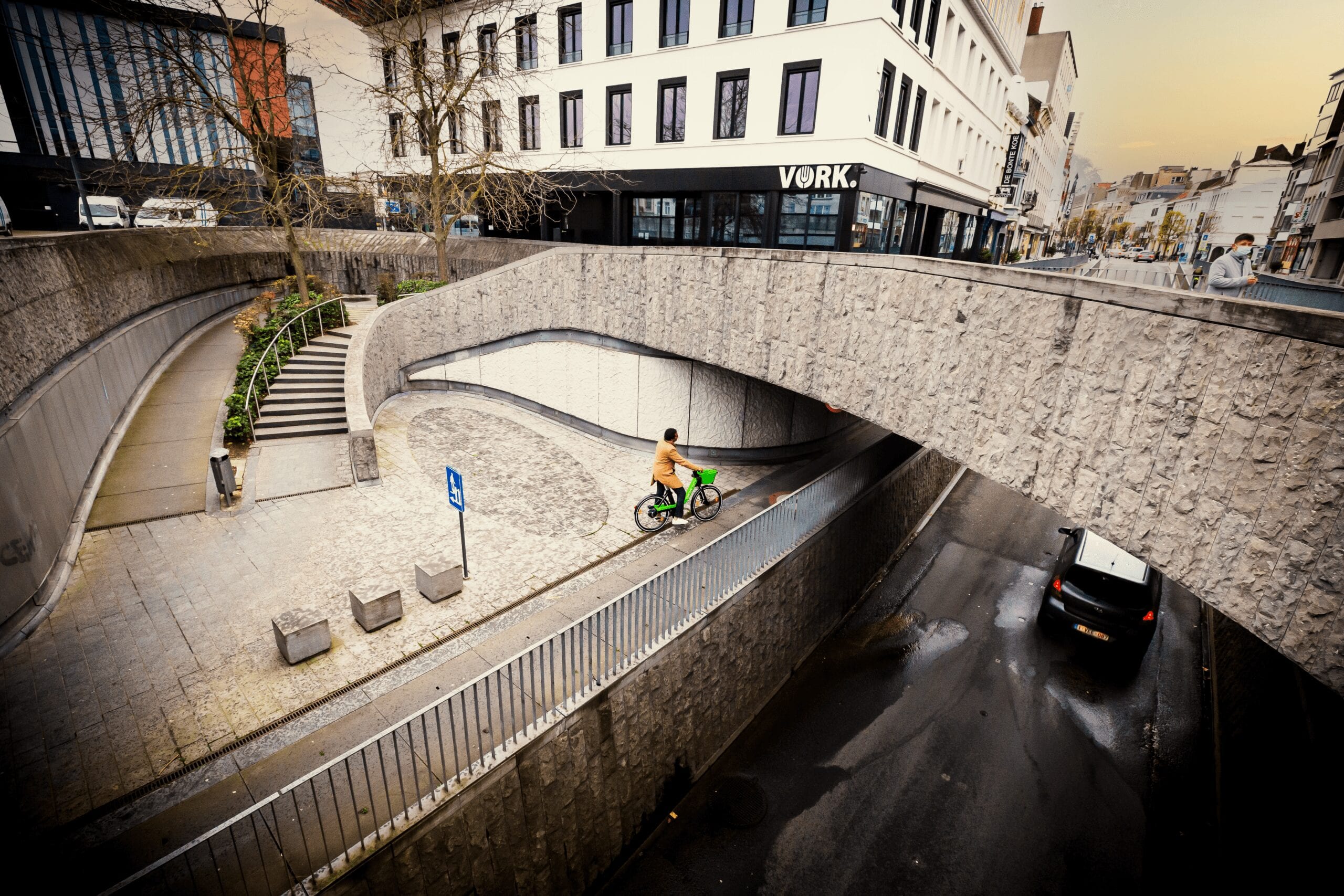The Benefits of Bike-share
The Benefits of Bike-share
The reasons for implementing a bike-share program are often centered on goals of increasing cycling, reducing congestion, improving air quality, and offering residents an active mobility option. Bike-share has two key advantages when compared to other transportation projects: implementation costs are comparatively low and the timeline is short. It is possible to plan and implement a system in one mayoral term (i.e., two to four years), which means that benefits to the public accrue more immediately than in most transportation projects.

Bike-share systems can benefit a city in a number of ways:
- Reduce congestion and improve air quality
Bike-share offers an alternative means of transport for short trips that might otherwise have been made by car. As of November 2011, Washington, D.C.’s 22,000 bike-share members had reduced the number of miles driven per year by nearly 4.4 million (LDA Consulting 2012).
- Improve the image of cycling
Bike-share systems project a hip, modern image and can help transform the cycling culture in a city.
- Provide complementary services to public transport
Bike-share offers an alternative for short trips that people would have otherwise made on transit.
- Increase accessibility
Implementing a bike-share system gives local users greater access to places that are beyond their reach on foot. - Increase the reach of transit
Bike-share fills that critical gap between the station or stop and the final destination for the passenger. Since cycling is more efficient than walking, bike-share enhances mobility and is much less expensive to the city than extending public transport service. -
Improve the health of the residents
Bike-share offers an active transport choice, providing both physical and mental health benefits. Studies have shown that spending twenty minutes every day on a bike has a significant positive impact on mental health


